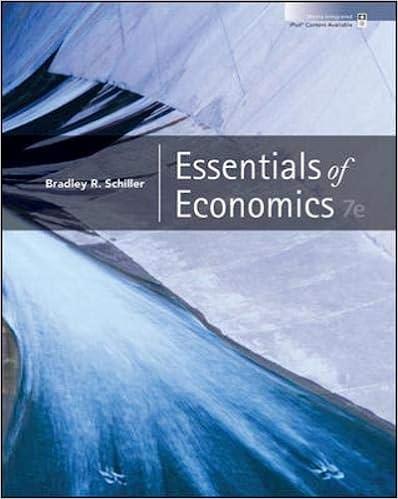Question
The world consists of two countries, X which is poor and Y which is rich. The total benefits (B) and total costs (C) of emissions
The world consists of two countries, X which is poor and Y which is rich. The total
benefits (B) and total costs (C) of emissions abatement (A) are given by the functions Bx
= 8(Ax + Ay), By = 5(Ax + Ay), Cx = 10 + 2Ax + 0.5Ax^2 and Cy = 10 + 2Ay + 0.5Ay^2, where
the subscripts are used to denote the country in which the abatement takes place.
(a) Obtain the non-cooperative equilibrium levels of abatement for X and Y.
(b) Obtain the cooperative equilibrium levels of abatement for X and Y.
(c) Calculate the utility levels enjoyed by X and by Y in the non-cooperative and
cooperative solutions. Does the cooperative solution deliver Pareto
improvements for each country, or would one have to give a side-payment to
the other to obtain Pareto improvements for each with cooperation?
(d) Obtain the privately optimizing level of abatement for X, given that Y decides to
emit at the level of emissions that Y would emit in the cooperative equilibrium.
(You should find that the answer to d) above is that X does the same amount of
abatement that she would have done in the non-cooperative case. What
property or properties of the cost and benefit function used in this example
cause this particular result?)
(e) Suppose that Y acts as a 'swing abater', doing whatever (non-negative) amount
of abatement is required to make the combined world abatement equal to the
combined total under a full cooperative solution. How much abatement is
undertaken in the two countries?
Step by Step Solution
There are 3 Steps involved in it
Step: 1

Get Instant Access to Expert-Tailored Solutions
See step-by-step solutions with expert insights and AI powered tools for academic success
Step: 2

Step: 3

Ace Your Homework with AI
Get the answers you need in no time with our AI-driven, step-by-step assistance
Get Started


